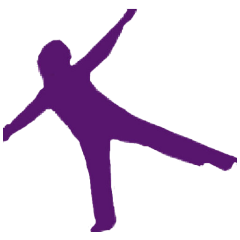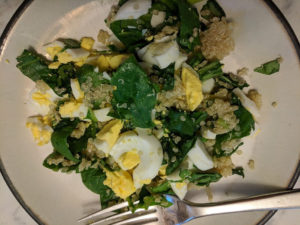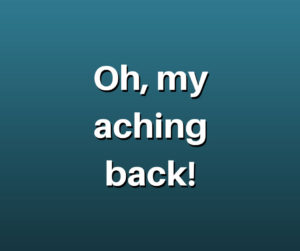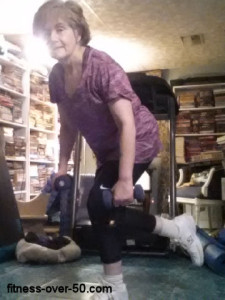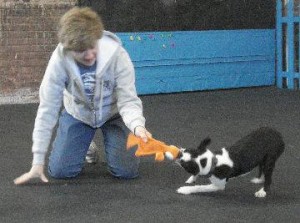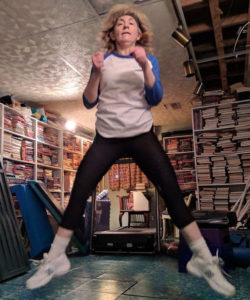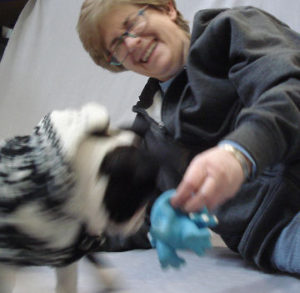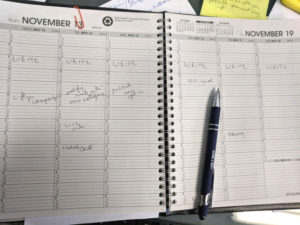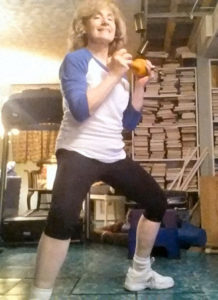 I hate working out. I do not like to exercise. You know that – I’ve told you often enough. But I like to do active things. I like to eat. So I exercise. And here are some more reasons why we need to exercise:
I hate working out. I do not like to exercise. You know that – I’ve told you often enough. But I like to do active things. I like to eat. So I exercise. And here are some more reasons why we need to exercise:
Exercise reduces bad moods and depression. That “exercise high” is not a myth! Regular exercise helps the brain produce a protein that seems to fortify parts of the hippocampus susceptible to depression, neuroscience has revealed. And Swedish researchers have found that exercise helps to keep your brain safe from harmful substances (one is called kynurenine) that build up during stress. Exercise produce changes in skeletal muscle that can purge the blood of kynurenine before it has a chance to cause the brain inflammation that is linked to depression. Some doctors have even begun prescribing exercise to their patients!
Exercise also helps your muscle memory stick! Try that new skill then do some aerobic exercise for 15 minutes right afterward. A test at the University of Copenhagen showed that people who exercised right after practicing a new skill did better the following week than those who did not exercise. That same brain protein (brain-derived neurotrophic factor, or BDNF) improves muscle memory as well!
Aerobic exercise also increases memory power! A six-month study at the University of British Columbia showed that older women who power-walked twice a week for 40-minutes each had better recall than those who just lifted weights or did not exercise. The power walking raised the study subjects’ heart rates to 70 – 80% of their target heart rates.
Still not convinced? Exercise can also reverse the mental decline – the effect of a long-term fatty diet. Now this shouldn’t be a license to go crazy and eat spaghetti and pizza like crazy, but there is hope! At least in rats – a University of Minnesota study found that when rats on the equivalent of a burger-stuffed-pizza diet exercised daily, their mental deterioration reversed itself after four months. At four months, these fat-fed mice who ran had better memory function than non-exercisers on a low-fat diet. And if you like the occasional adult beverage, exercise can help you there too! A new study published in Alcoholism showed that drinkers who worked out had far more white matter than their sedentary peers.
So, I guess I’ll be working out regularly for the foreseeable future. How about you?
